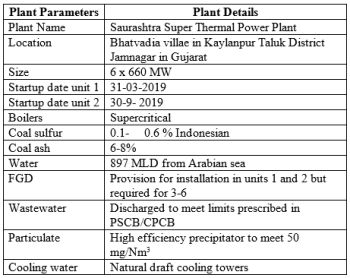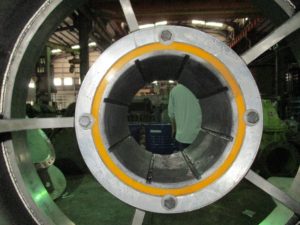Power Plant and Energy Projects Should Be Tracked from Inception
Fossil-fired power plants, refineries, gas-to-liquids, LNG and petrochemical plants are large investments. Initial decisions about suppliers are first made years in advance of the bid specification release.

McIlvaine Company
These decisions can be reversed by persuasive suppliers but it is much better to make the case prior to a tentative decision. McIlvaine supplies weekly and biweekly alerts to help suppliers ensure that they are heard at the earliest appropriate time.
Coal, gas and diesel-fired power plant projects take years to develop from initial concept to actual operation. Decisions about sub systems are typically made two years before operation for a small gas turbine or diesel plant. These decisions for large coal-fired power plants are made three years in advance or earlier. On the other hand, decisions can be altered due to unforeseen events. The 3960 MW Saurashtra power plant in India is a project which has been underway for nearly seven years. The first two 660 MW units for Saurashtra are slated for 2019 start up. The new air pollution regulations will require 30 mg/Nm3 for particulate compared with 50 mg/Nm3, FGD for units 1 and 2 at 92 percent versus only provision for FGD in the existing permit. NOx emissions will be limited to 100 mg/Nm3 which would require more than 80 percent reduction. So any decisions relative to air pollution control systems have to be reviewed and new systems incorporated.
Gas turbine combined cycle power plants have a shorter construction cycle but many of the projects are in the U.S. where litigation and permits cause delays and design changes. Large refinery projects are typically in the planning and construction stages for a decade prior to operation. Gas-to-liquids plants can cost up to $15 billion. As a result, their construction cycle is equal to that of a refinery.
Source: The McIlvaine Company



